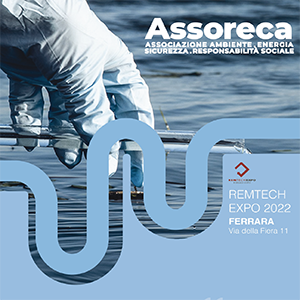[Future regulation for the reduction of PFAS pollution in aquifers and for the improvement of drinking water quality]

All claims expressed in this article are solely those of the authors and do not necessarily represent those of their affiliated organizations, or those of the publisher, the editors and the reviewers. Any product that may be evaluated in this article or claim that may be made by its manufacturer is not guaranteed or endorsed by the publisher.
Authors
[This Technical Note, inspired by some recent international scientific contributions, focuses attention on the relationships existing between the diffusion of per- and polyfluoroalkyl substances and the drinking water environmental sector. Firstly, the analysis takes into consideration published data to highlight the ubiquity of PFAS in the aquifers of various nations. There are also some health implications resulting from the exposure of individuals to PFAS following the ingestion of contaminated water. The technical background is then compared with the current state of the regulatory framework, indicating the reasons, collateral initiatives and precautionary criteria that must guide an urgent and effective remodeling of the law.]
[In Italian]
How to Cite

This work is licensed under a Creative Commons Attribution-NonCommercial 4.0 International License.












